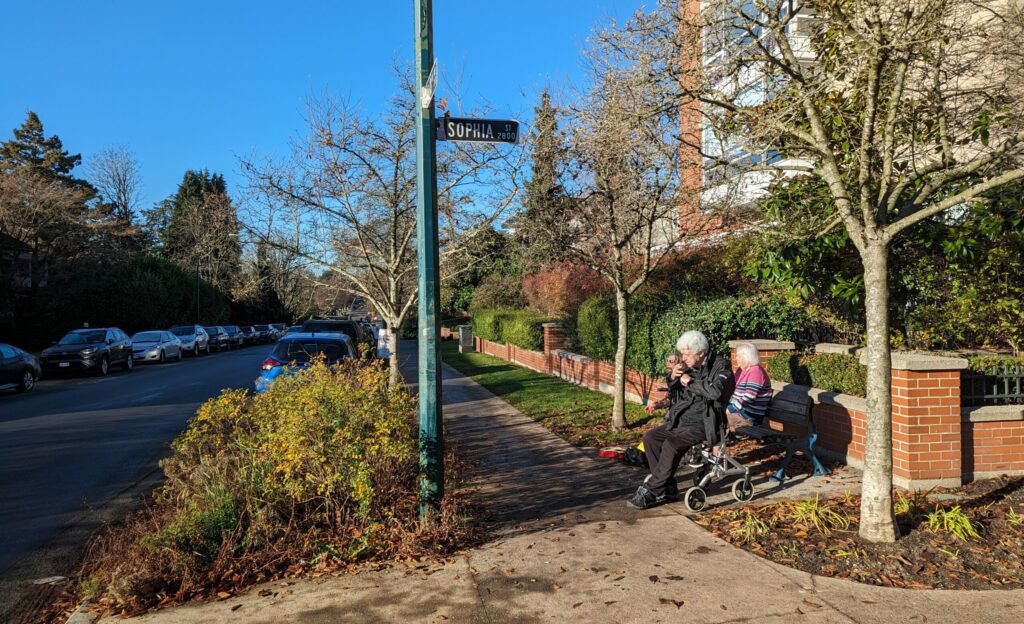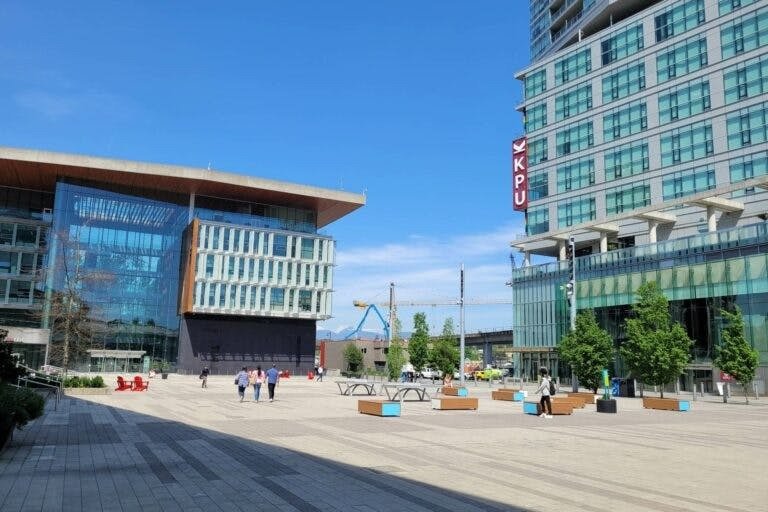Stories
We share stories and evidence on the link between urban design and human wellbeing.
All stories
Left behind in an emergency: Addressing the accessibility gap
How can cities improve accessibility during emergencies and extreme weather?
New guidelines for age- and dementia-inclusive neighbourhoods
Learn the unique planning and design considerations for older adults and people living with dementia through a free online course.
The case for social infrastructure
Social spaces and networks create an essential foundation for healthy, resilient communities. But they’re hard to measure.
What makes an age-friendly home?
Canada’s population is aging. Our homes need to catch up.
The happier missing middle: Lessons for building an urban cohousing village
A Q&A with the project team behind Our Urban Village on the benefits and challenges of cohousing, including financial commitments, development approvals, expanding impact, and learning to live in community.
New housing rules in BC: How can denser neighbourhoods support wellbeing?
Three ways to ensure that new development contributes to happier, healthier, more inclusive cities.
Our Urban Village: A new model for social, missing middle housing?
Cohousing lite is a promising solution to our loneliness and housing crises. Why aren’t we building more of it?
Can our homes make us less lonely?
Three ways to design multi-unit housing for social connection, happiness, and health.
Placemaking is like a box of chocolates
The power of benches and seating to connect strangers.
The secret to vibrant streets? Focus on what people can see
Transit-oriented development suggests that homes, shops, and services should all be located within 400 metres of transit. The actual distance to create vibrant streets may be much shorter.
How resident relocation policies can support wellbeing
Many rental buildings are aging and in need of upgrades. Happy Cities worked with Brightside Community Homes Foundation to understand how to better support resident wellbeing when redevelopment happens.
Zoning won’t create walkable suburbs on its own. But one great block might.
Surrey, B.C. shows a promising strategy to transform suburbs into more walkable, vibrant communities.
Don’t fear density: BC’s housing targets can be a wellbeing win
More housing is coming for 10 B.C. municipalities. Here are three ways that density can boost community health and wellbeing.
How to design a dementia-inclusive community
New planning and design guidelines to boost wellbeing for people living with dementia, from Happy Cities and SFU.
The responsibility of the building to the street
Structural engineers are responsible for ensuring that buildings do not fall over. Mechanical engineers must ensure that people inside can breathe. But what responsibility do building designers have to the street outside?
Should we design cities for loneliness?
New research explores how cities can combat loneliness—by normalizing it.
Seven lessons for implementing social activities in rental housing
Social activities for neighbours can help build a sense of community, boosting health, happiness, and resilience in multi-unit buildings.


















